
An explanation of the parameters for the implementation of the new methods for the analysis of residual solvents and terpenes using a single gas chromatography–mass spectrometry (GC–MS) system.
is a Senior Scientist at Agilent Technologies and a Visiting Professor at The Johns Hopkins University School of Medicine in Baltimore, Maryland.

An explanation of the parameters for the implementation of the new methods for the analysis of residual solvents and terpenes using a single gas chromatography–mass spectrometry (GC–MS) system.

Experts within the global cannabis and hemp industries discuss the importance of testing and regulations and sustainable measures that can reduce the sector’s environmental impact.

This article focuses on the use of GC–MS for the analysis of derivatized cannabinoids in hempseed oil matrix.

This study highlights a potential concern for the quantitation of acid phytocannabinoids.
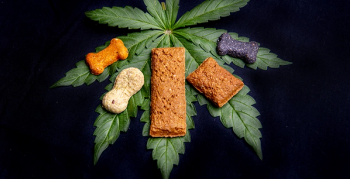
In this study, six different brands of CBD oil pet supplements were obtained and untargeted analyses using gas phase-time of flight mass spectrometry were performed.
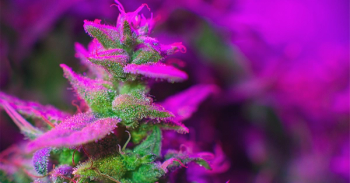
A study using LC-qTOF, GCqTOF, and GC–MS/MS to evaluate the selectivity of a model pesticide commonly found in regulatory target lists.

This review introduces a quantitative polymerase chain reaction (qPCR) assay and compares its performance to culture-based methods.
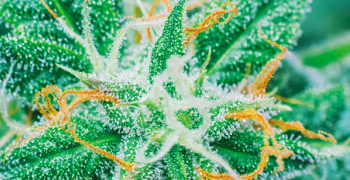
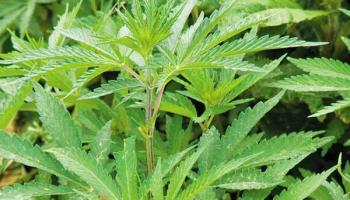
A primary impediment to cannabinoid research is the fact that materials possessing psychoactive Δ9-tetrahydrocannabinol (THC) are considered Schedule I drugs as defined in the U.S. Controlled Substances Act. An alternative source of cannabinoids may be found in hemp oil extracts. Hemp contains a low percentage of THC by weight but relatively high amounts of nonpsychoactive cannabinoids. The liquid chromatography–time-of-flight mass spectrometry (LC–TOF-MS) method presented herein allows for the accurate, precise, and robust speciation, profiling, and quantification of cannabinoids in hemp oil extracts and commercial cannabinoid products for research and development laboratories. The method was determined to chromatographically separate 11 cannabinoids including differentiation of Δ8-tetrahdrocannabinol and THC with excellent linear dynamic range, specificity, and sensitivity.

Published: September 24th 2020 | Updated:
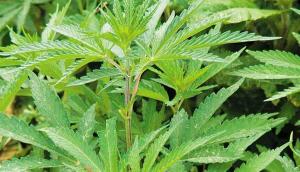
Published: February 28th 2018 | Updated:
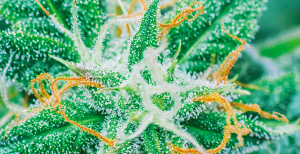
Published: June 19th 2018 | Updated:

Published: August 22nd 2019 | Updated:
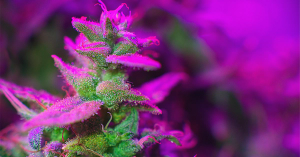
Published: October 25th 2019 | Updated:
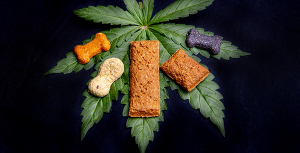
Published: December 18th 2019 | Updated: